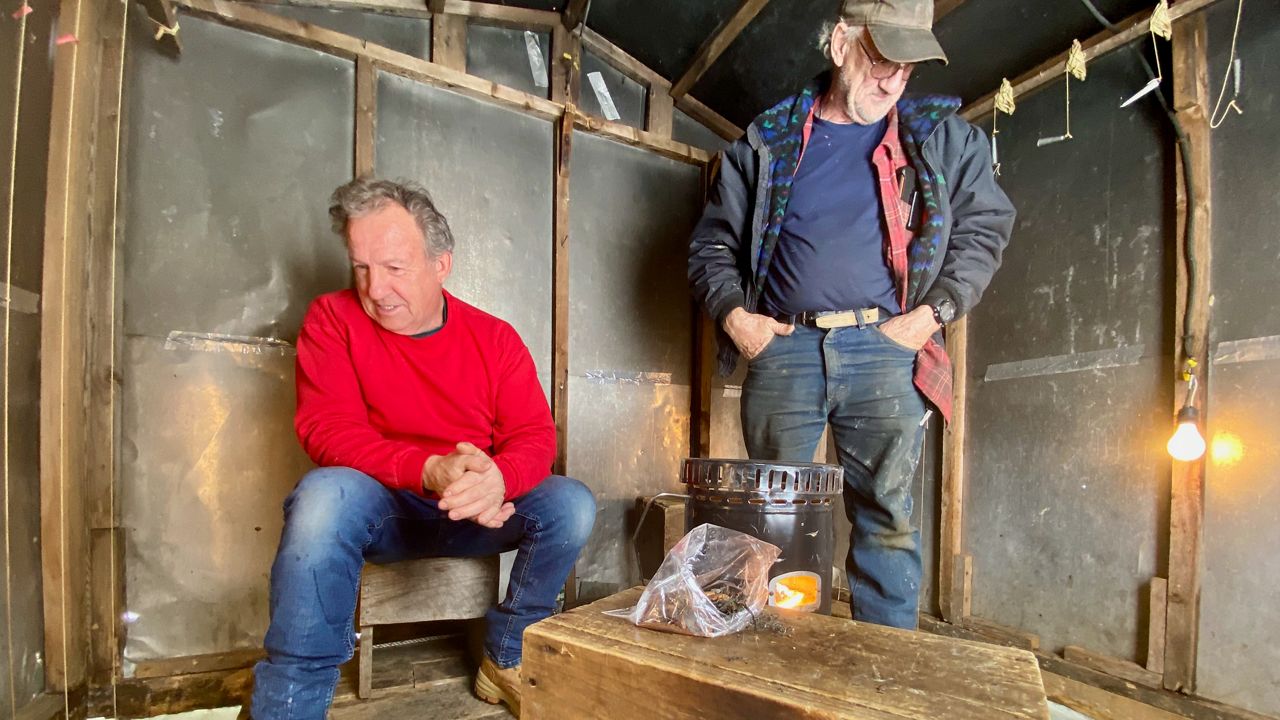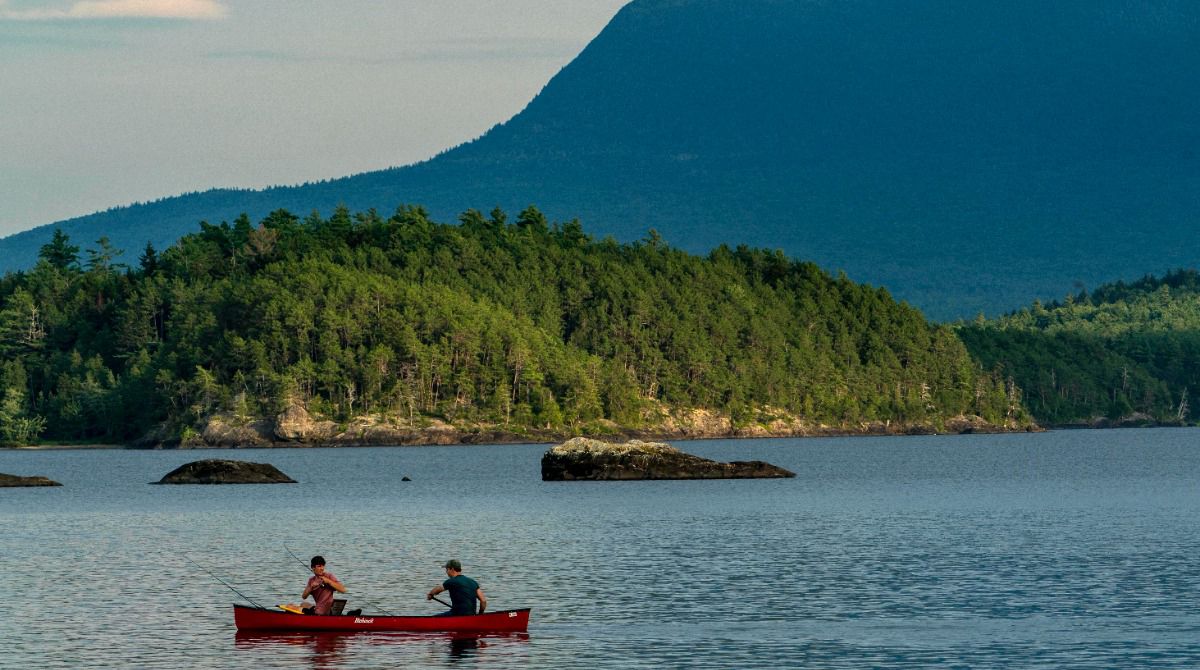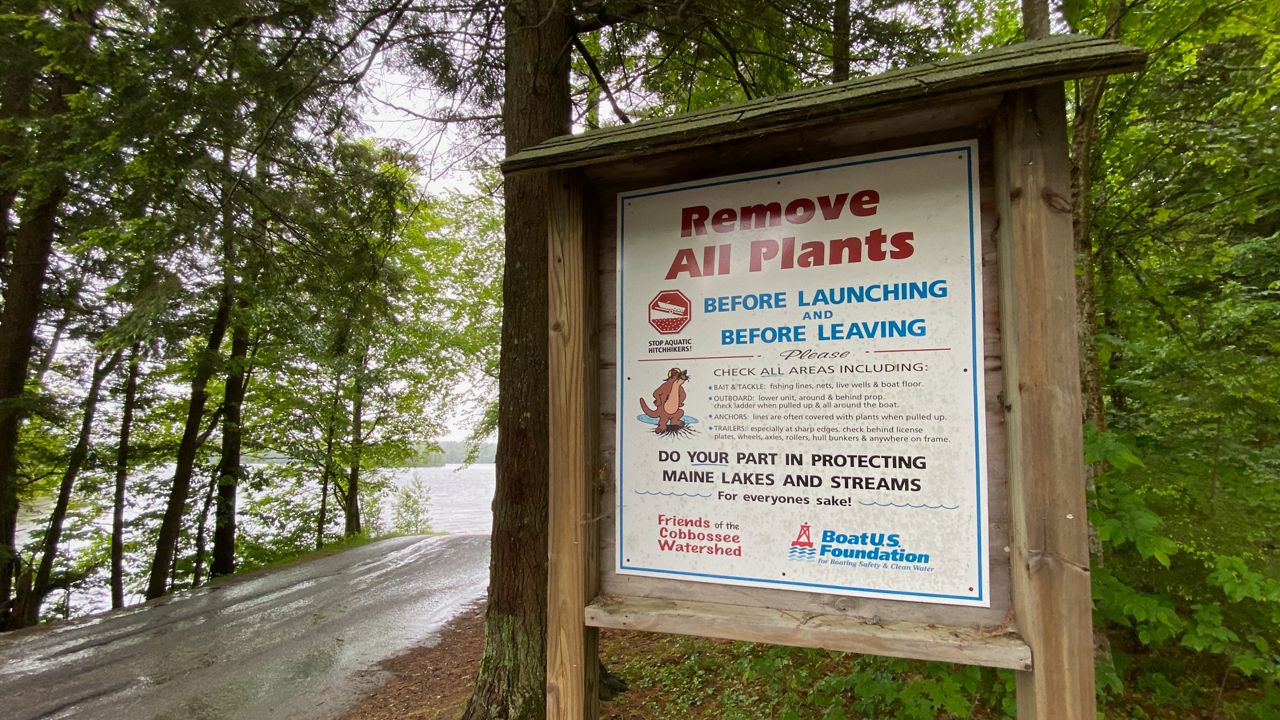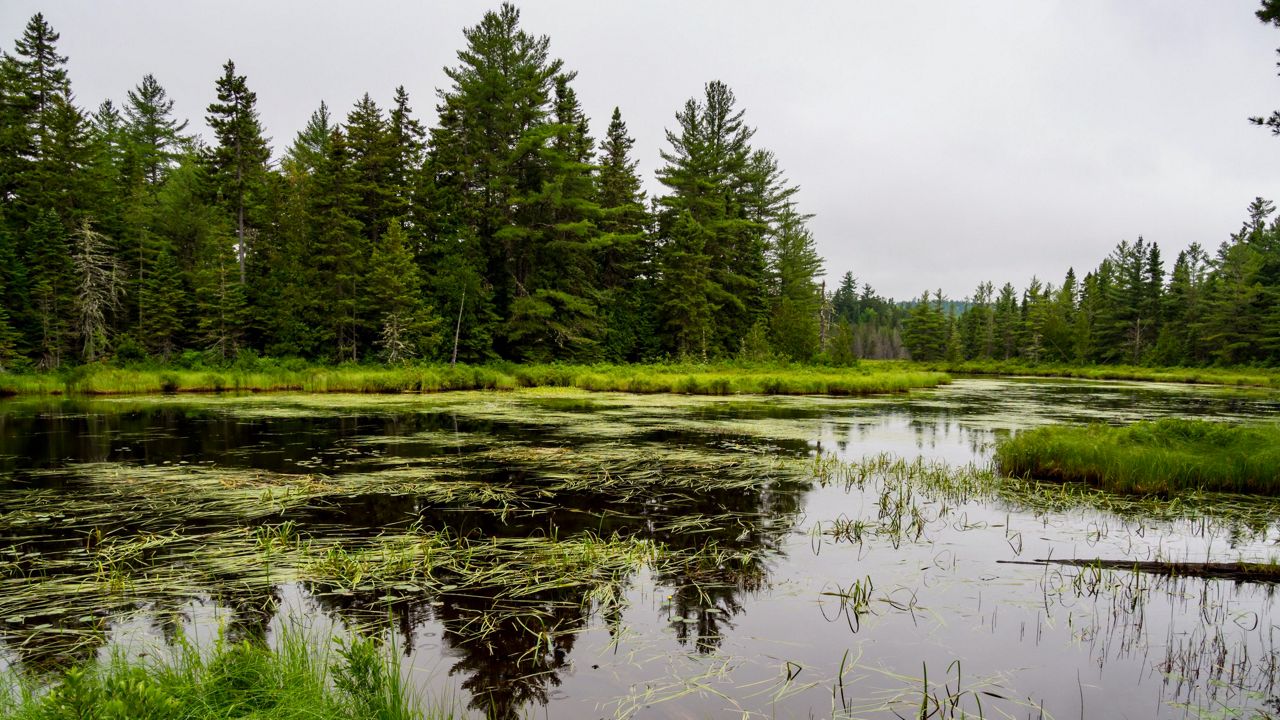After five hours of fishing, just three smelt swam around the bottom of the plastic bucket in the Obert brothers’ shack on the Eastern River in Dresden.
A couple doors down, two other fishermen had just two. Could it be the moon cycle, the extra-high tides or COVID-19?
“I think they all got the virus and took off,” joked Ron Obert of Skowhegan.
His brother, Gordon Obert Jr. of Anson, said it didn’t matter much to him how many fish they caught.
“It’s a good day to get away from everything,” he said as a kerosene heater offered a steady stream of toasty warm air despite the 20-degree temperature outside.
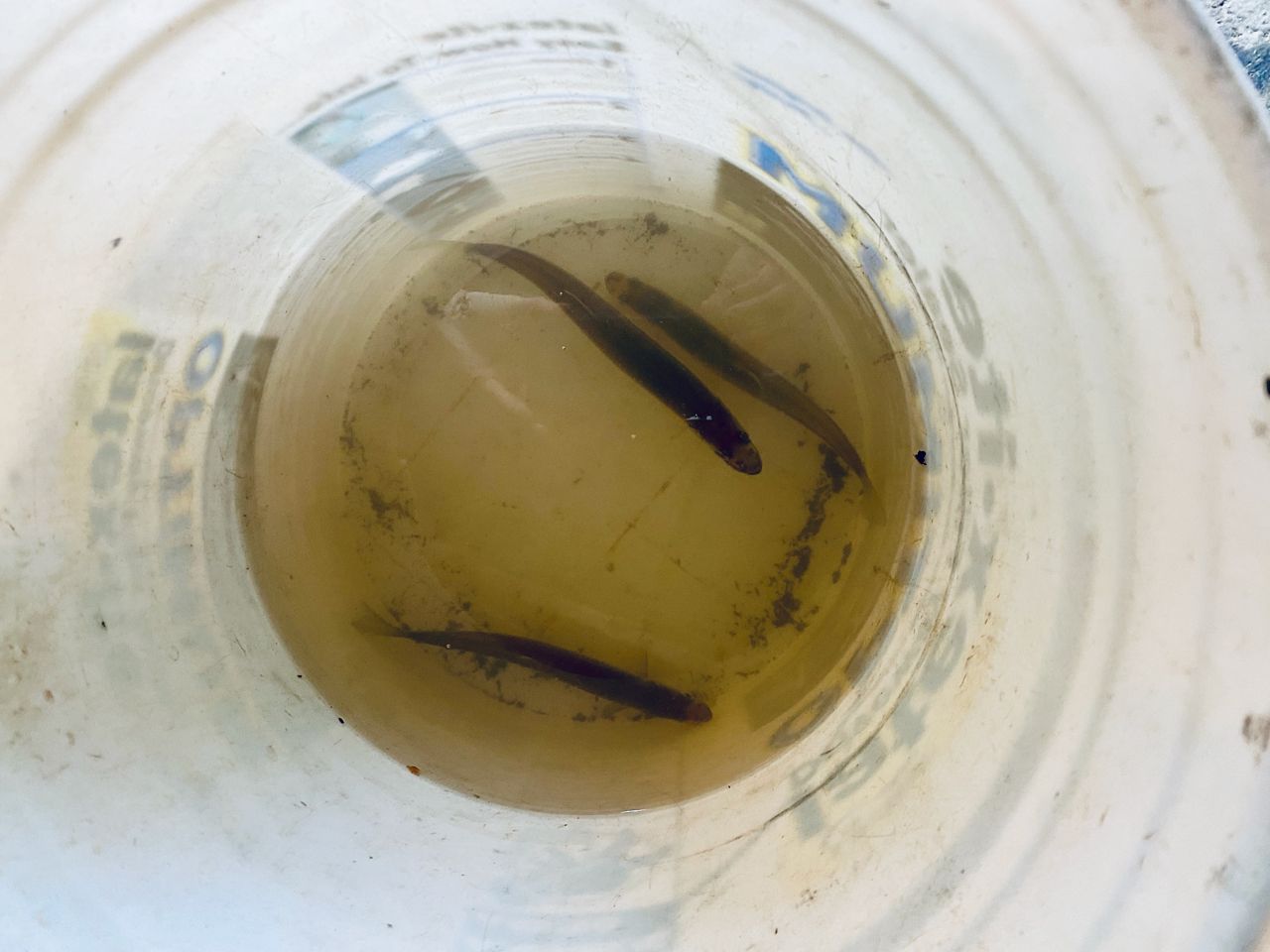
Across central Maine, smelt shacks dot the rivers from Gardiner to Bowdoinham. In Dresden, at James Eddy Smelt Camp Rental, it’s been a family business since 1957, said co-owner Peter James. This year, they opened in mid-January, quite a bit earlier than the Feb. 9 start they got last year, he said.
“I’ve got people who come from Massachusetts two to three days in a row who fish two or three tides,” James said.
So far this year, the catch is going well, with the state finding larger smelt and a “good number of younger fish” among their samples, said Mike Brown of the Sea-Run Fisheries and Habitat Division at the state marine resources department.
The rainbow smelt lives in estuaries and offshore waters and spawn in shallow freshwater in the spring. The Maine Department of Marine Resources keeps a close eye on the small fish, which have been listed as a species of concern since 2004.
Because the fish are listed as species of concern, Brown said the state monitors them along the coast, enforces limits on catches, and closes streams to protect the population. The biologists take samples twice a week to gather data and biological information.
Back in 2004, when the smelt were first listed, the state noted that numbers “have dropped dramatically during the last 15 to 20 years for reasons that are not well understood,” according to the marine resources website. In response to emailed questions, Brown said it’s likely a combination of “habitat loss, predation and changing climatic conditions.”
“There are several invasive species of fish that now prey on smelt that were not present years ago, namely northern pike and white catfish,” Brown wrote. “There is far less ice cover on our rivers and that makes smelts available to an increasing number of fish-eating birds. Smelts can no longer find refuge under the ice during the later parts of winter.”
Compared to the 1980s, there are also fewer people fishing for smelt. The marine resources website lists five commercial operators, with two in Bowdoinham, and one each in Dresden, Randolph and Pittston. Many Mainers no longer have the gear to set up a private site, Brown said, so he recommends visiting one of the commercial operators who can help with equipment and safe access on the ice.
Back at James Eddy in Dresden, Dan Charles and George Davis of Mercer recommended approaching a day on the ice with low expectations.
“If you expect not to get anything, then you are happy if you do,” Davis said.
Charles said he was heading in for surgery soon and wanted to squeeze in a fishing trip first. When he fries up his smelt, he uses his own home-grown corn to make the coating for the tasty fish.
And while it was quiet on the ice on this weekday, he said it’s also fun to come on the weekends when it’s a little more lively.
“You come on Friday or Saturday night and yee-haw,” Charles said. “I come with my buddies and have a couple of beers.”





